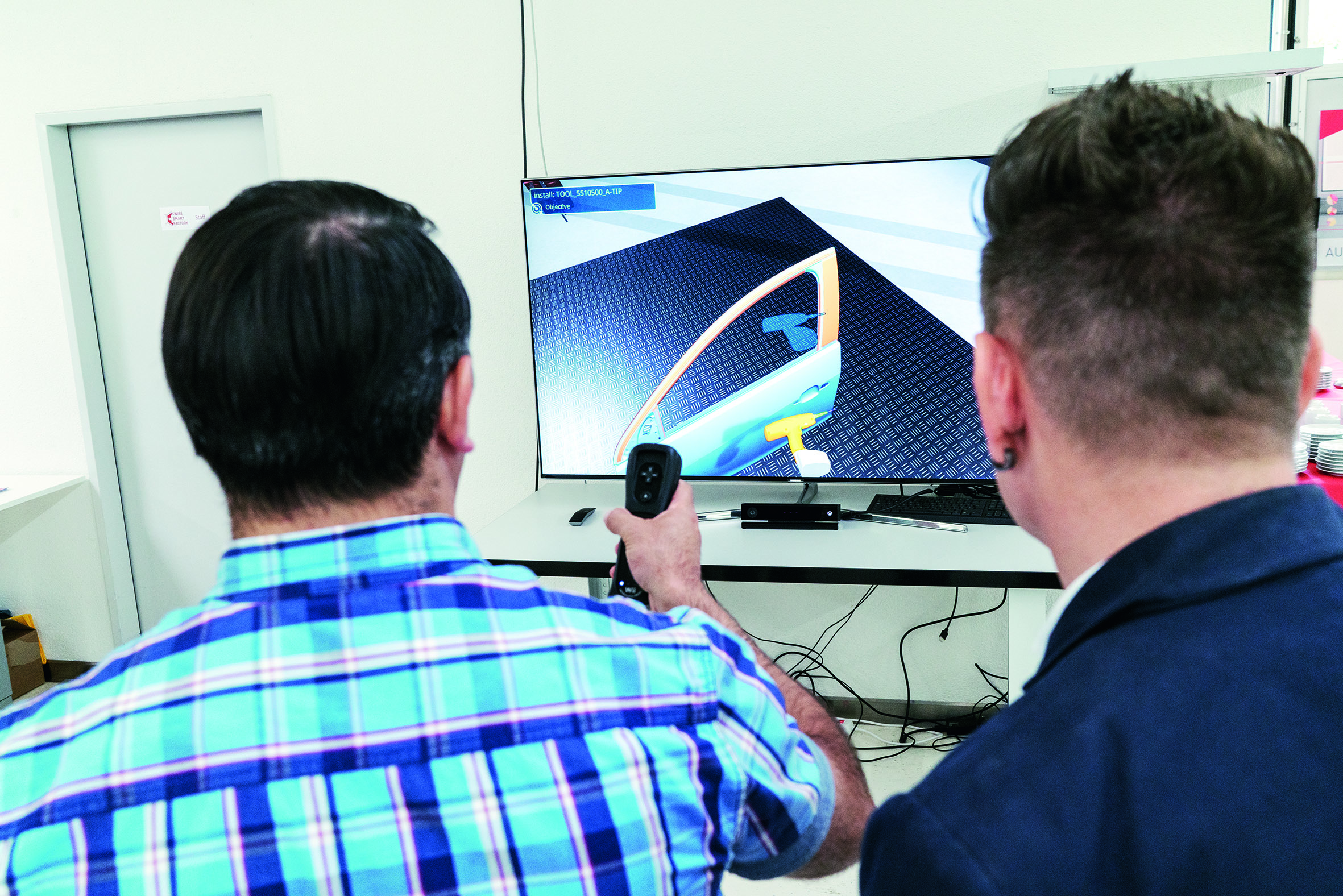The “Innovation project” has developed a system-level management model that enables a higher ability to implement innovative products in the public sector
There are difficulties in implementing new products in the public sector and many good products have fallen due to inertia in the systems. Welfare technology must come to benefit to the users; elderly with smaller and larger nursing needs. There is a need for improvements in the implementation processes.
The short term goal is increased knowledge and acceptance of organizational changes in the target group of managers and employees. In the long run, for the owners to have a system-level management model that enables a higher ability to implement innovative solutions.
The project has produced a manual with a proposal for a management model to support implementation of innovations in public sector based on the research in the project.
Stakeholders: Vinnova (financier of the research activities), Uppsala University and the University College of Dalarna (research driven development based on the question “how can we improve our ability of implementation), Habilitation Dalarna, Leksand municipality, and Dalarnas Hjälpmedelscenter (needs owners/clients)
Intermediates have followed the project in order to spread the results through networks on national, regional and municipal level to get public actors better on implementation.
Beneficiaries: The users; elderly and disabled who need access to welfare technology and services. The companies that offer new solutions through increased possibilities to survive so that their products don´t die before they reach the market.
Resources needed
Budget in total: approx. 300 000 Euro
Vinnova: 1,2 million SEK to the universities (research)
Dalarnas Hjälpmedelscenter: 1,7 million SEK to the project leader (50%) and staff,
4 pilot projects, steering group, working group many people involved (salaries)
Evidence of success
A manual has been created and an implementation plan is ready to be used and spread.
The owners, who are in key positions in assistive device management in Dalarna, have an increased ability to innovate, as a result of training of management and staff. Two of the pilot activities also generated detectable effects of increased user benefit and increased cost-effectiveness thanks to new working methods (instead of new products) and remote communication at for example patient meetings.
Difficulties encountered
The project has exceeded expectations. But it has been difficult when people on key posts have left and new ones have been added. Creating a common understanding of the need for innovative perspectives has required more resources than estimated when the preunderstanding varied between the partners.
Potential for learning or transfer
This example could be carried out anywhere where there is public activity. It is about innovation management. According to the researchers, this has not been done before, so many are curious to hear about the project. We also note a spreading effect when the result of one pilot project is now applied by other organizations.
Vinnova's call was very short so it was quick pucks to get partners on the train. It is important to bring in the right players into a project so there is a need for more preparation time when several partners are expected to join a cooperation.
The management must be involved and must be positive. Innovation management, ie. how do we get better in implementing new solutions?
Tags: Health, Industry







